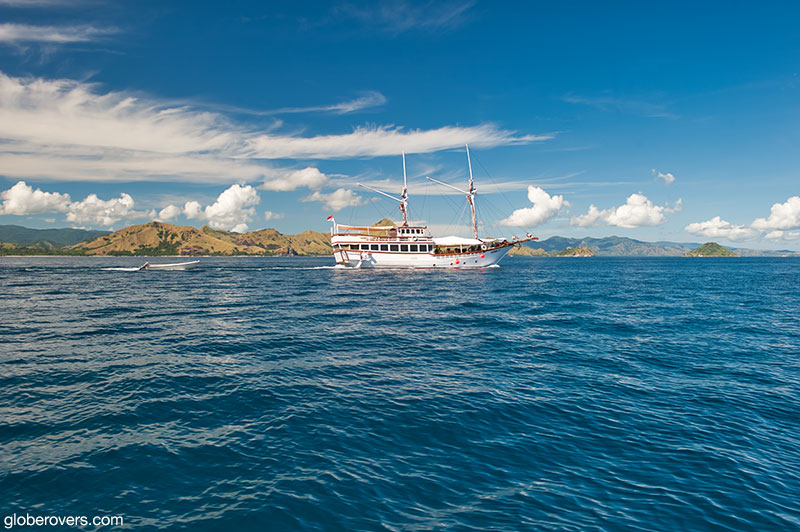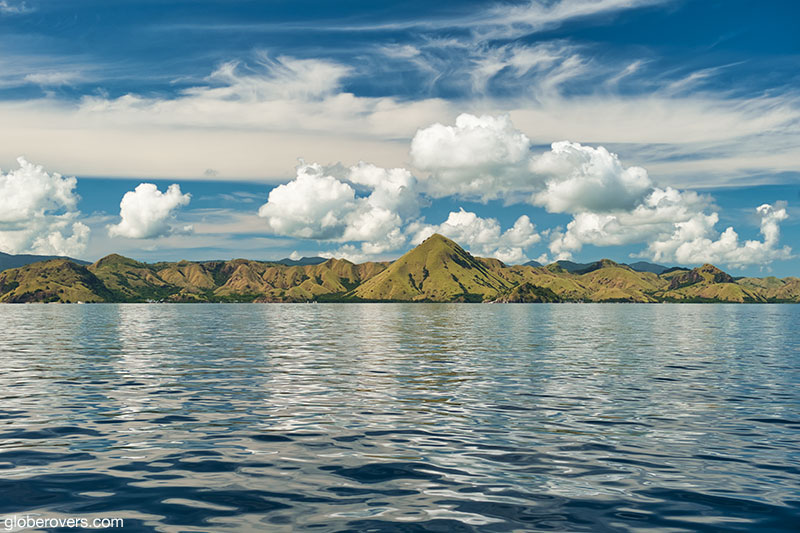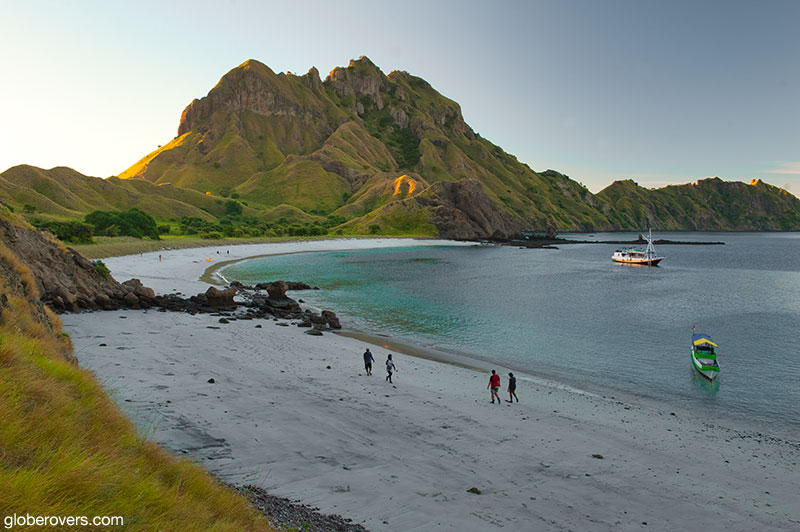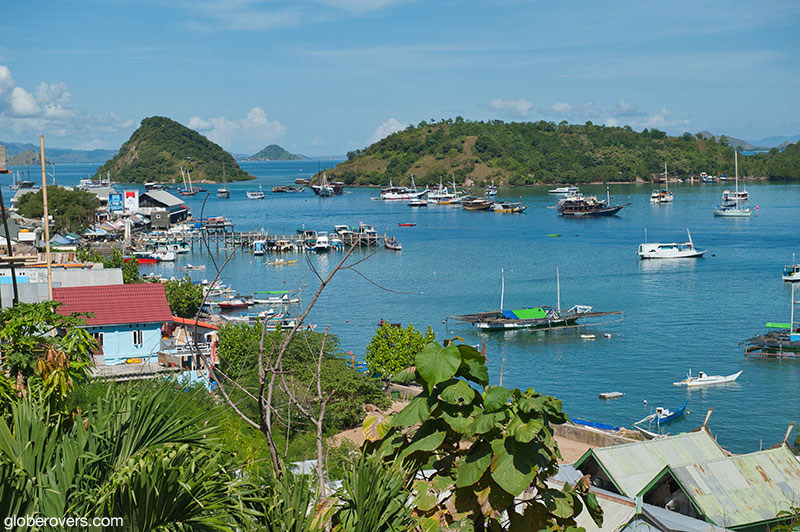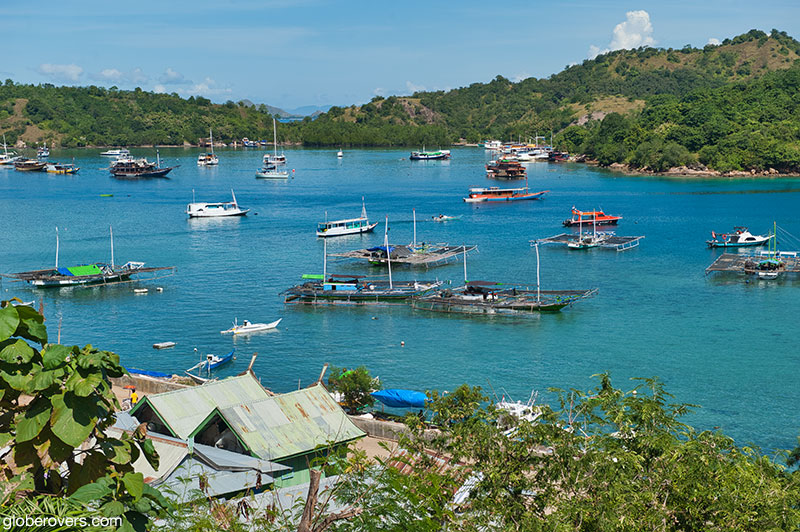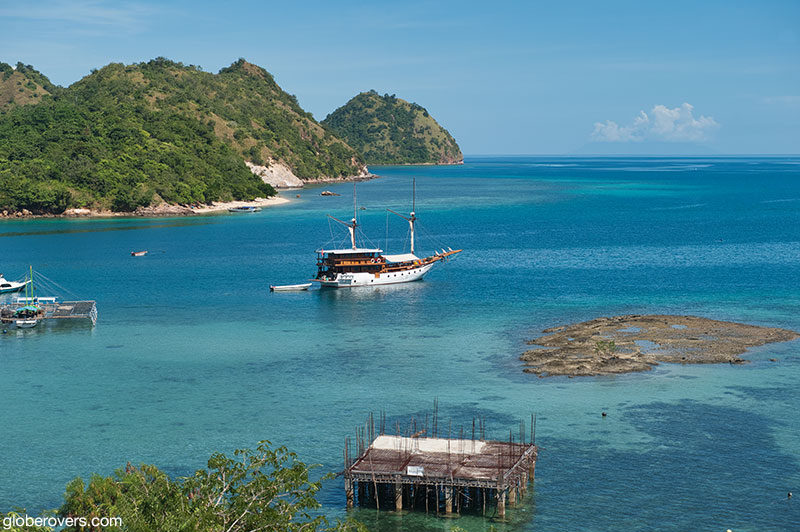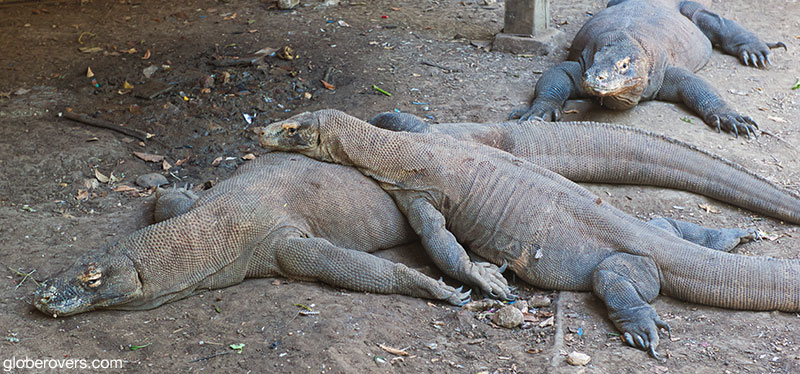
As one of the Lesser Sunda Islands, located in the Nusa Tenggara region in the eastern half of Indonesia, Flores Island, meaning “flowers” in Portuguese, was first visited by the Portuguese traders and missionaries in 1511.
While Flores is the tenth biggest Indonesian island, as well as the tenth most populous, its tourist population is minuscule.
Why travel to Flores Island to see the Komodo Dragons?
- The low-down: The town of Labuan Bajo on Flores Island is the gateway to the Komodo dragons which are mainly found on Rinca Island and Komodo Island. However, the entire area is full of exhilarating sights!
- The brightest highlight? While the Komodo dragons are supposed to be the highlight, I found them half-dead and boring. For me, the highlight was climbing the hills of Padar Island and swimming with the manta rays at Manta Point.
- Intrepid destination? Not really an intrepid destination any longer but if you rent a private boat for more than 2 nights you can escape most human life and feel like a true explorer.
- Globerovers score (10 is highest): While the dragons were somewhat of a disappointment, I really enjoyed the island hopping and hiking, the long ride and overnight on the boat, as well as the good seafood in places like Labuan Bajo. We give it a score of 8.5.
Divided into eight “regencies”, the largest regency is the West Manggarai Regency, with the town of Labuan Bajo as its capital. Once a small fishing village, Labuan Bajo is now a fair-sized town of over 220,000 people and serves as the gateway to Flores and the nearby islands, including the Komodo National Park, which spans across several islands. The park is home to the Komodo dragon, which is the area’s biggest tourist draw.
While most travellers come to Flores Island to have a close encounter with the Komodo dragons, Flores has a lot more
While the town sees numerous travellers mainly heading to the islands, the rest of Flores has an undeveloped tourist infrastructure, and hence few travellers. A few hotels are dotted along the coast and another few in the centre of the island at Ruteng Pu’u village where you can stay in a traditional round wooden thatched-roof house. Other interesting villages include Bena and Wae Rebo village.

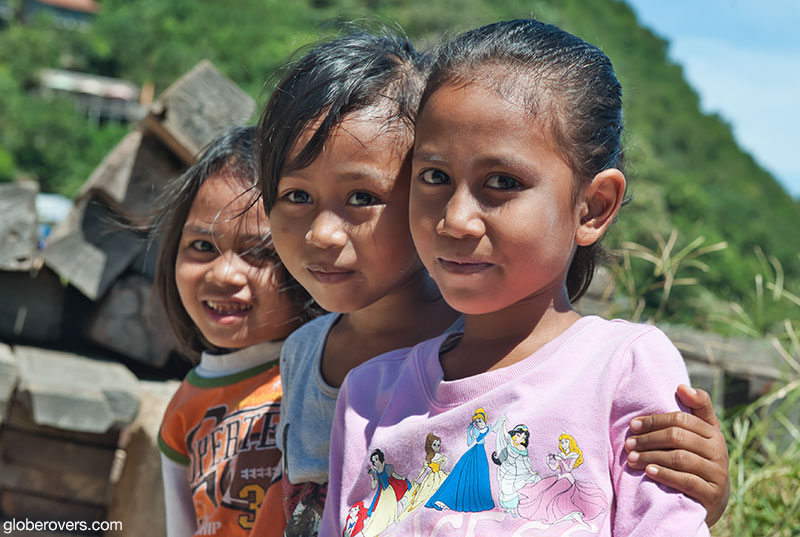
Located in the far west of the island, the Kelimutu National Park has some of the most spectacular wonders that nature has to offer.
The park’s highest peak is Mt. Kelibara (1,731 metres). Here you will find three lakes known as the “tri-coloured lakes” as they change colour dramatically and unpredictably: blue, green, and reddish-black. The westernmost of the three lakes, Tiwu Ata Mbupu (the “old people’s lake”) is usually blue, while Tiwu Nuwa Muri Koo Fai (the “young people’s lake”) and Tiwu Ata Polo (the “enchanted lake”), are respectively green and reddish-black and separated by a crater wall.
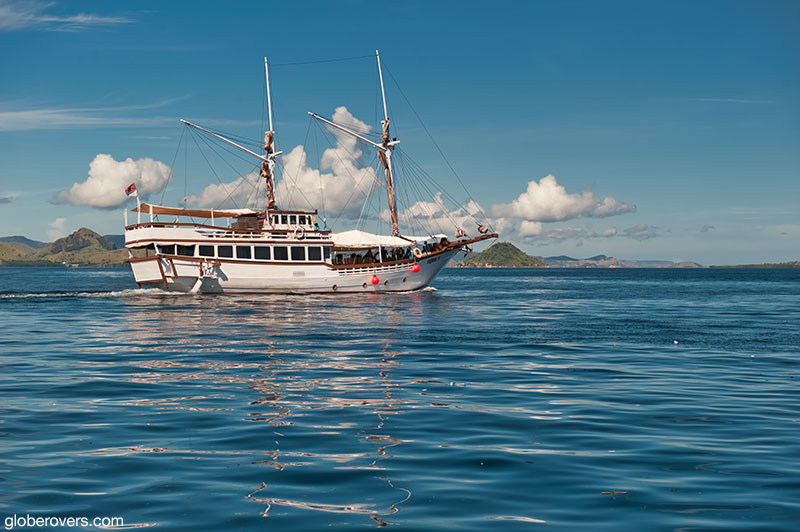
Labuan Bajo, where most travellers fly into the Komodo Airport just 2 km from the centre of town, has several guesthouses, hotels and even a few resorts. Head uphill, north of the town, for the better places with brilliant views over the nearby islands. Many of these nearby islands offer excellent snorkelling and diving, including the islands of Kanawa and Seraya.
Most travellers who fly into Labuan Bajo come here with one thing in mind: seeing the Komodo dragons in their natural habitat. While not truly a “dragon” as we would like to imagine, it is the world’s largest lizard. They are truly magnificent and massively big!
While Bali bursts with tourists,
Flores sits quietly and waits for the lone visitor.
The world sanctuary of the Komodo dragons is the Komodo National Park, which spreads across the three larger islands namely Komodo Island, Padar Island, and Rinca Island, as well as some 20 smaller islands. Founded in 1980 to protect the Komodo dragons, the Komodo National Park was declared a UNESCO World Heritage Site in 1991.
According to Live Science, there are 1,700 dragons on Komodo, 1,300 on Rinca, 100 on Gili Montang and up to 2,000 living in the Mbeliling Forests on Flores Island. Some sources say the dragons also live on the island of Padar, although I have personally not seen them during my last visit.
In total, UNESCO figures state there are around 5,700 Komodo dragons currently living throughout the entire Komodo National Park on five of the 29 islands.

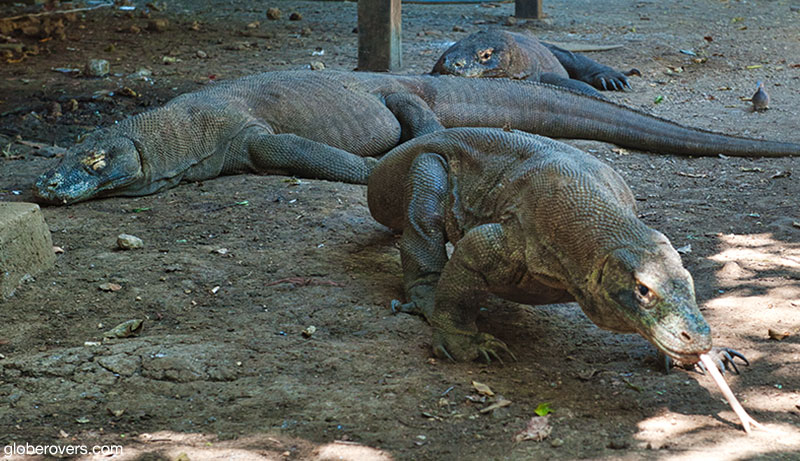
Getting to see the dragons, which live mainly on Komodo and Rinca islands, you need to get on a boat which leaves from the Labuan Bajo harbour.
☛ Read more: 10 Great Travel Experiences in Indonesia
Depending on your agreement with the captain, your trip will include stops to see the dragons on Komodo island and Rinca island, and a hike up the beautiful peaks of Padar island, the third largest land mass within the Komodo National Park. This 20 to 30-minute hike may be the highlight of your boat trip as the magnificent views of the nearby islands are stunning, particularly at sunset and sunrise. The sharp rocky outcrops and turquoise bays change in colour as they catch the rays of light, creating many “Kodak moments”.
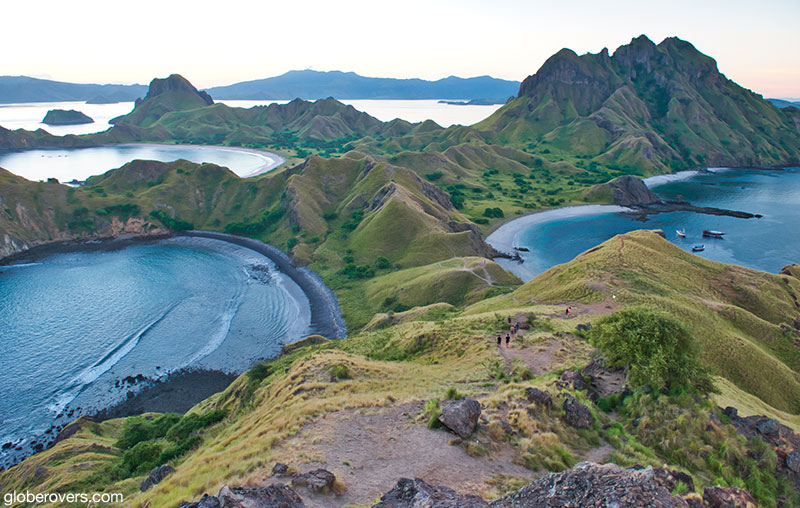
To the north of Padar island lays Manta Point, aptly named after the creatures that frequent these waters. Bring along your snorkelling equipment, or better still, your diving gear, and spend some quality time with the incredibly inquisitive manta rays.
This may be something you have never done, may never have the opportunity to do again, and you certainly won’t forget this thrilling experience for the rest of your life. Just float on the water surface and wait for these large creatures to come closer to you and circle around you. If they wander off, just follow them. They swim ever so gracefully, turn back and circle around you, as if they want to get you moving and not lose you. You may think they are leading you to the rest of their pack, which is exactly what I personally experienced. At one point I counted no less than fifteen manta rays circling around me. Don’t fear, they are totally harmless, and have no venomous tail spines like their stingray cousins.
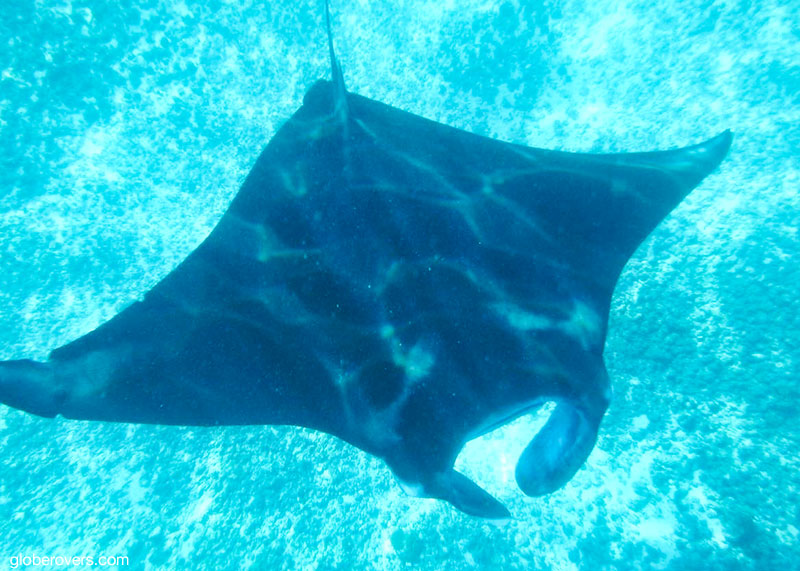
Don’t miss the early evening spectacle at Kalong Island, also inside the Komodo National Park, where thousands of flying-fox bats put on an amazing display as they leave the mangrove forests to go night hunting.
Flores is the 10th biggest Indonesian island, and the 10th most populous. Its tourist population is minuscule.
After at least one night on the boat, return to Labuan Bajo, but make a stop at Kelor Island for a short hike and snorkelling. The views from the top of Kelor’s peak are awesome. Along the way, the boat passes a few small villages of sea nomads, such as the primitive yet friendly Mesa village. Here you will see houses built precariously on stilts over the water, and hundreds of small fish out drying in the sun. While the village has no freshwater, many houses have satellite dishes! Drinking water must be transported to the island from nearby sources.
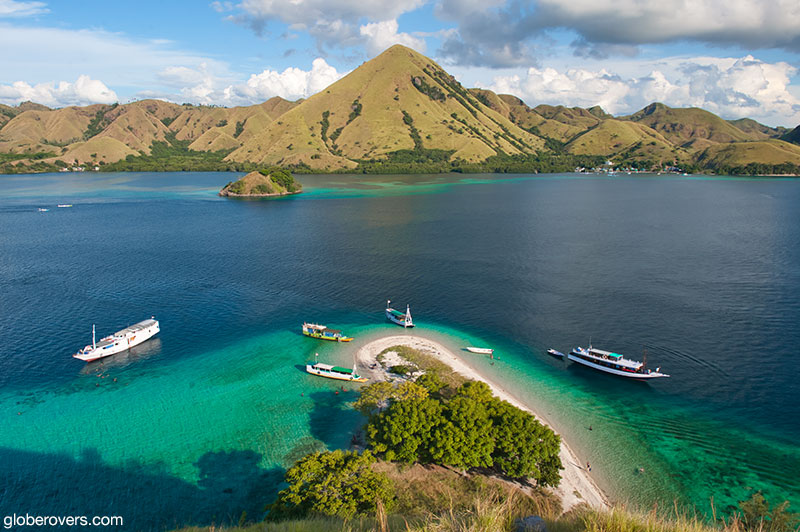
Be happy when you arrive safely at the Labuan Bajo harbour and then head out to the long row of fresh fish restaurants lined up along the harbour. These restaurants are only open in the evenings and they spread out their daily catch in front of their grills. Bargaining seems to be fruitless as they all have similar set prices.
These are among the freshest seafood on sale at any restaurant I have ever seen, anywhere. Choose the fish of your liking and explain how you want it to be prepared: steamed, pan-fried, or grilled. Rice and veggies are generally included in the price. Sit down at one of the wobbly plastic tables, order a cold Bintang beer, and wait for your meal to arrive a few minutes later. Its fresh, its good, and if possible you will return the following night, and again the night after that.
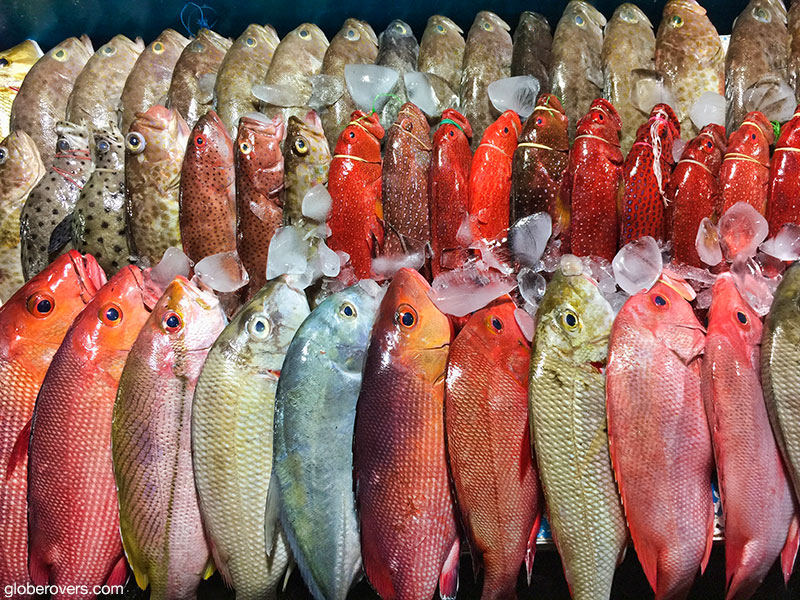
In the early mornings check out the interesting wet market at the harbour, in particular the fresh and dried fish sections. It is a market filled with surprises and friendly merchants.
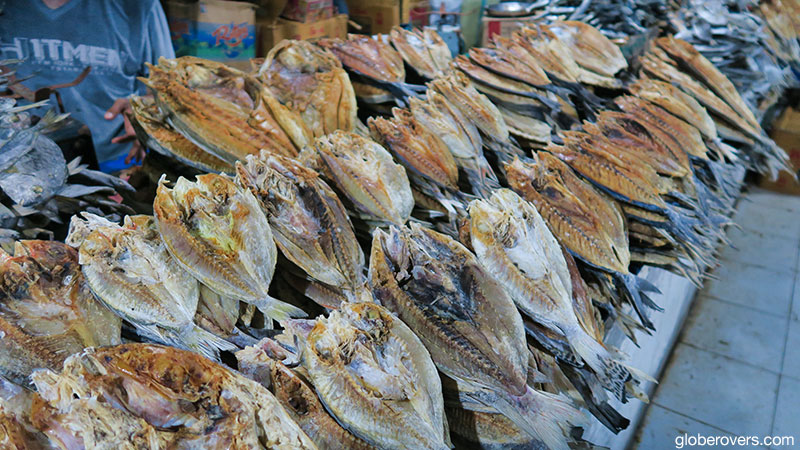
A few more photos of Flores Island and vicinity

Sailing to Komodo Island from Labuan Bajo, Flores Island 
Islands between Komodo Island and Flores Island 
Padar Island on boat trip from Labuan Bajo, Flores Island 
Harbour of Labuan Bajo, Flores Island 
Harbour of Labuan Bajo, Flores Island 
Near the harbour of Labuan Bajo, Flores Island
More of Indonesia:

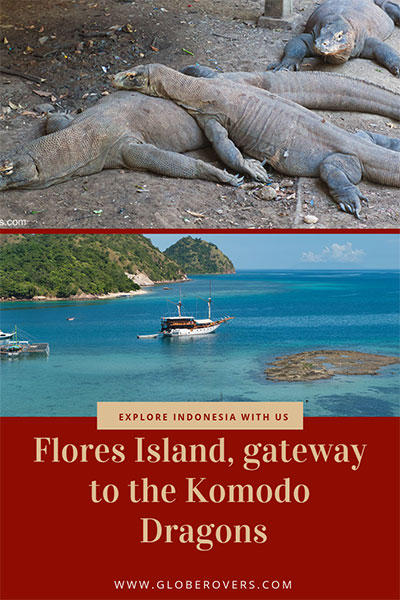

Blog post and photos by Peter who has been travelling almost full-time since 2005 and has been to over 122 countries. He visited several countries, such as Japan, more than 20 times. Peter is Editor-in-Chief and Publisher of GlobeRovers Magazine, an independent travel magazine focused on intrepid destinations.

